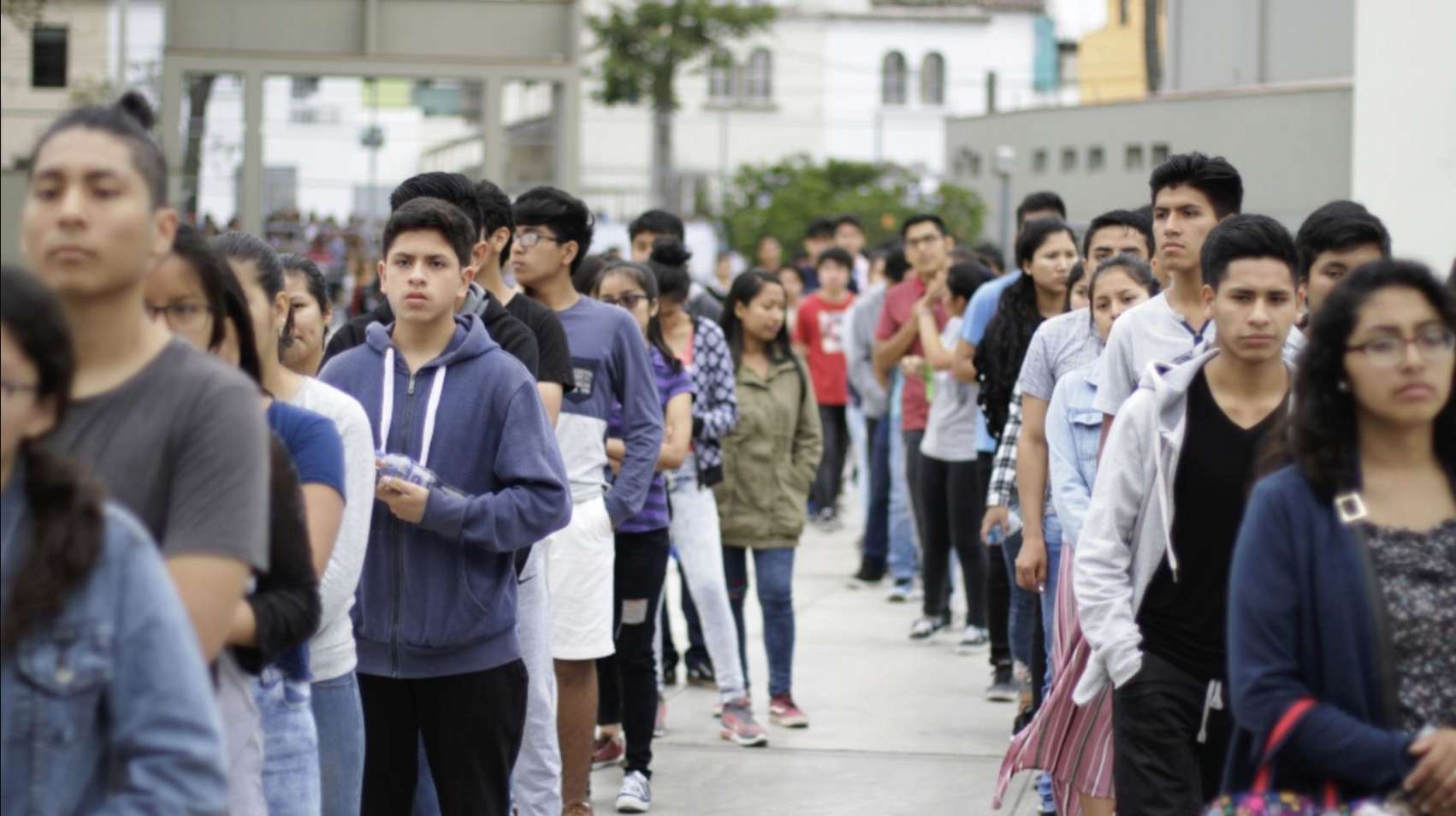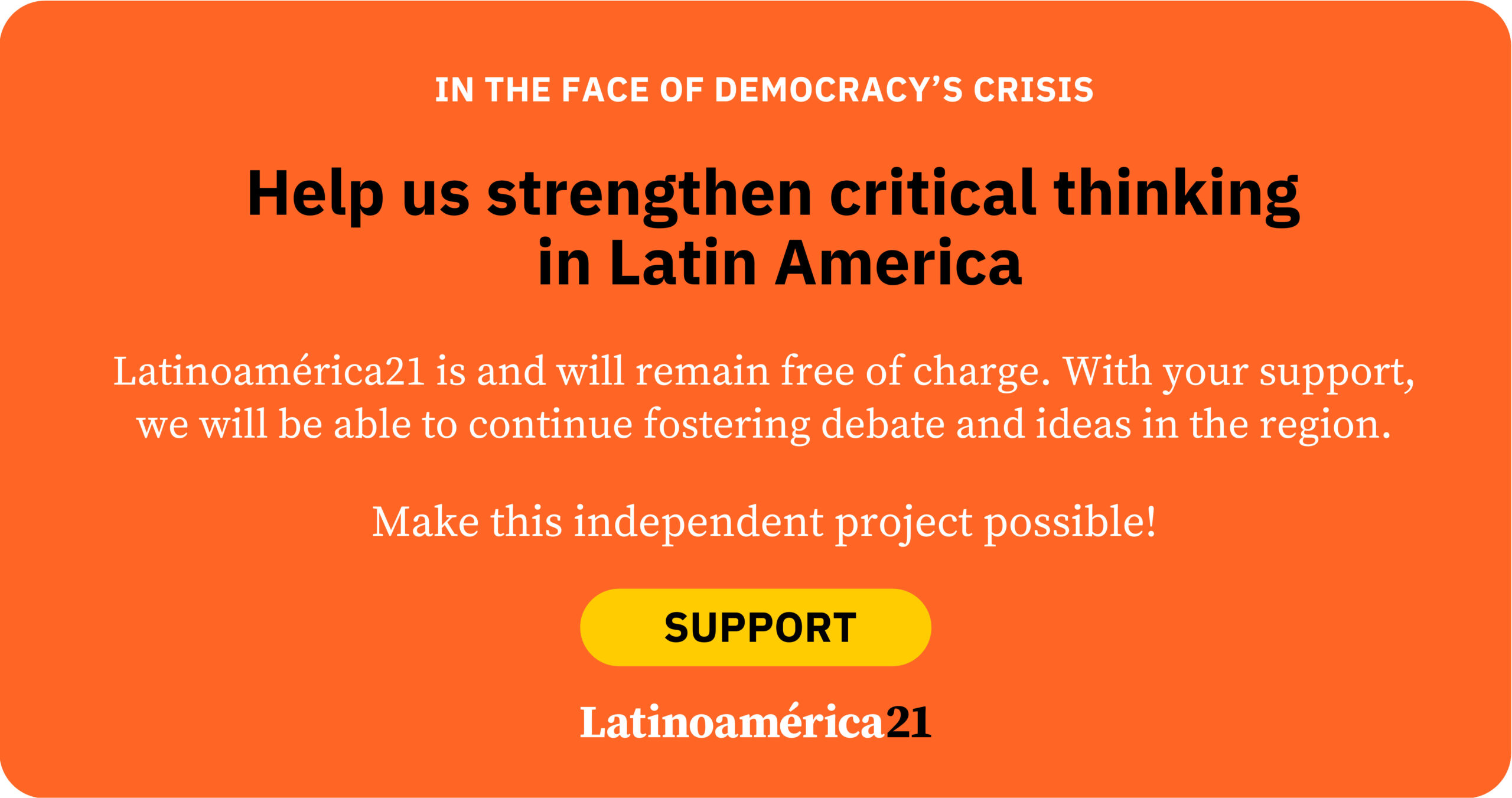Every October 10 we repeat that it is World Mental Health Day. It is worth saying something more: beyond being a commemorative date, it is an unfinished social contract in Latin America. Mental health stopped being a “niche” issue and became civic infrastructure. The WHO outlined the roadmap in its 2013–2030 Action Plan: prevent, expand coverage, guarantee rights, and reduce suicide with verifiable targets.
The urgency is generational and also gendered. More than one billion people live with some mental health disorder and, among those aged 15 to 29, suicide is the third leading cause of death. Among women and youth, the burden of anxiety and depression continues to grow persistently. After the pandemic, the mental health of those aged 18–34 has not returned to pre-pandemic levels, and a significant proportion live with functional distress. This is not a narrative: longitudinal measurements and World Health Organization’s own reports show it. In Latin America, moreover, economic instability, job insecurity, caregiving overload, and insecurity feed an emotional climate that cannot be resolved with individual advice. In the WIN–Voices survey, conducted in 40 countries, about a third of people with children report frequent concern about their children’s mental health: a warning signal that cuts across cultures and income levels.
It is also worth looking at where we fail as systems. According to PAHO, the treatment gap in mental health remains huge: between seven and nine out of ten people who need it do not receive care, depending on the disorder. At the same time, public spending remains low — around 2% of the health budget — and a disproportionate portion of those resources still goes to psychiatric hospitals, to the detriment of community care that brings help to where life happens. This deficit coexists with an issue that the WHO has raised to priority: loneliness. Its Commission on Social Connection, launched in 2023, called for treating “social health” with the same urgency as physical and mental health and established the need to measure and address unwanted loneliness, especially among adolescents and young adults.
Argentina offers a snapshot that reflects both the regional and global picture. With recent data from Voices and the WIN network in 40 countries, 63% of Argentines report having frequently experienced negative moods in the past month, in line with the 62% global figure. In the regional picture, Paraguay and Chile top this negative ranking: seven out of ten people frequently report negative moods, a sign that reinforces the need for access and prevention policies throughout the region. If we rank by incidence, the picture for Argentina looks as follows: worry (36% frequently suffer from it), stress (33%), fatigue (32%), sleep difficulties (26%), loneliness (23%) and feeling overwhelmed (23%), irritability (22%) and sadness/emptiness/depression (21%). Within the country, three clear patterns emerge. The first is gender: women systematically report more worry, fatigue, and stress than men; tellingly, loneliness is the only indicator without a gender gap. The second is age: those aged 18–24 lead in almost all indicators. The third is socioeconomic: people of higher levels report fewer negative states — especially worry (36% overall versus 29% in ABC1) — while lower levels show greater frequency of distress, particularly in sadness, emptiness, or depression.
There is also a deeper layer that explains why this matters. In our long-term measurements in Argentina, the proportion of people who say their relationships with others are “very important” fell from 62% in 2019 to 47% in 2025, and those who consider relationships important dropped from 89% to 81% in the same period. This shift reflects already visible signals: fewer plans for parenthood, young people avoiding difficult conversations, the rise of pets and plants as companions, and the appearance of AI chatbots as substitutes — or complements — for human interaction. Alternative forms of connection have grown, but human bonds are also weakening.
Philosophy helps to name this climate. Byung-Chul Han, in The Burnout Society, describes the passage from externally imposed duty to internalized self-demand: the “I can” as mandate, self-exploitation celebrated as productivity, and burnout and depression as “pathologies of positivity.” Rereading him today helps avoid moralism (“use your phone better,” “add healthy habits”) and focus on structures: working hours, precariousness, caregiving, insecurity, algorithms that colonize attention and rest. The point is not to demonize personal behaviors, but to recognize that malaise has social, cultural, and economic determinants.
In 2022, the WHO and ILO published workplace guidelines recommending the management of psychosocial risks (workload, harassment, hours), training of middle management, ensuring confidential support, and standardizing reintegration. In schools and universities, the standard should include socioemotional literacy, referral pathways, and healthy learning environments with the same rigor as curriculum or infrastructure planning. And the State must do what only the State can do: fund at scale, integrate mental health into primary care, strengthen suicide prevention, and build data systems to monitor progress and ensure accountability.
Can the private sector contribute without falling into wellness-washing? Yes, when it moves from discourse to concrete pathways of help and impact measurement. In 2024, UNICEF and Spotify launched “Our Minds Matter” in seven countries in the region, with a podcast co-created with young people, relaxation playlists, and, crucially, referral to reliable resources. Dove advanced with validated toolkits for schools and sports — such as Body Confident Sport, together with Nike, which strengthens body confidence — and with campaigns like #DetoxYourFeed against toxic beauty on social media. The lesson is twofold: co-create with those you seek to care for and publish evaluations so that “the emotional” is not just brand aesthetics. “Well-being technology” — from pause content to wearables — can help if it measures results (sleep, stress, adherence) and builds bridges to health services. Reach without referral is noise.
At the same time, a narrative is needed that connects these points with daily life and with the development agenda. Latin America has valuable cultural assets — neighborhood and family networks, relational capital, community creativity — but resilience cannot be used to postpone systemic transformations. The path is known and requires alliances: elevate mental health to the highest political priority; invest more and better (less wall, more territory); professionalize psychosocial risk management in organizations; scale up suicide prevention with multisectoral strategies; and demand from brands and platforms methodological transparency and impact metrics that measure referrals and results, not just reach. It is not about prescribing mindfulness for everything or blaming individuals for how they manage their time. It is about restoring the problem’s social density: housing, income, caregiving, time, and shared meaning.
Emotional well-being is built with nearby services, clear rules, trained leadership, and open data. In a continent accustomed to uncertainty, caring for mental health is also a development policy: less school dropout, less absenteeism, more sustainable productivity, more citizenship. If we succeed, next October 10 we will not repeat diagnoses: we will celebrate that Latin America decided to take mental health seriously and began to change not the conversation, but the daily lives of millions.
*Machine translation, proofread by Ricardo Aceves.














